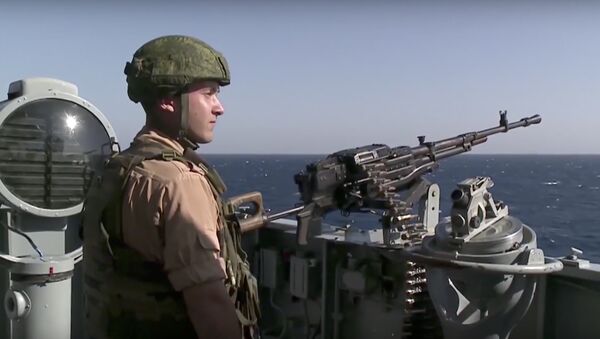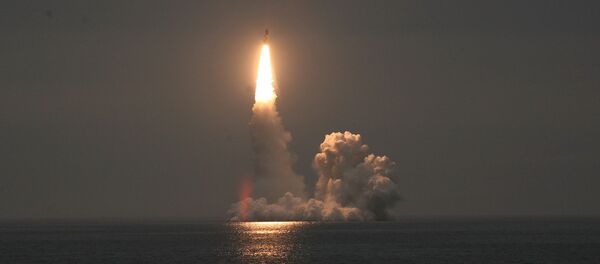WASHINGTON (Sputnik), Leandra Bernstein — Both the United States and Russia currently have research and development aimed at the eventual deployment of long-range boost-glide weapons and hypersonic missiles capable of reaching any target in the world in less than an hour.
"I think actually there is a potential to make it [arms control talks] easier if both sides are working on the capability," Carnegie Nuclear Program co-director James Acton said.
Russia has raised concerns over the US PGS system, which it says could threaten Russia’s strategic deterrent. The United States has also voiced comparable concerns over Russia’s arsenal of tactical nuclear weapons, arguing it threatens strategic balance.
"I think there is a simple solution to this problem, which is we should treat conventional boost-glide weapons like nuclear weapons in arms control treaties," Acton said.
Former US Commander of Strategic Command Gen. Robert Kehler told Sputnik that if global positioning system capabilities are eventually fielded "it would count against arms control agreements."
Kehler further stated that despite US and Russian mutual concerns over the PGS capabilities, "I think there is a mechanism for a dialogue and… a way forward to work between the two countries."
In September 2014, the Russian Defense Ministry announced publicly it was working on prompt global strike capabilities. Both the US and Russian programs are still under development and are not expected to be deployable for at least another decade.
The first US hypersonic cruise missile test took place in August 2014, and ended in failure when the missile veered off course.




